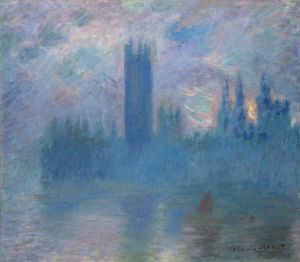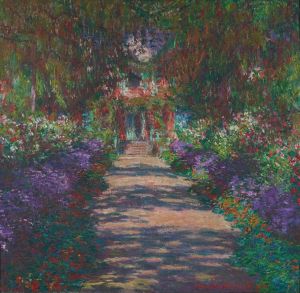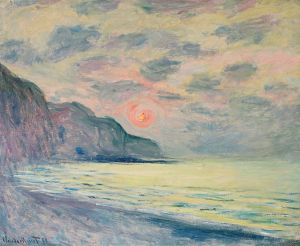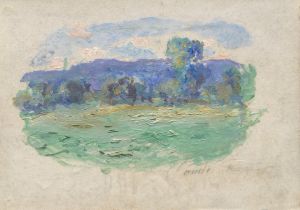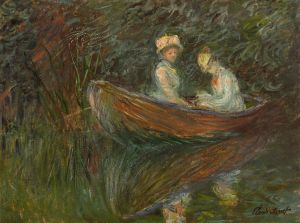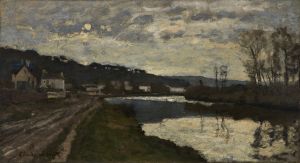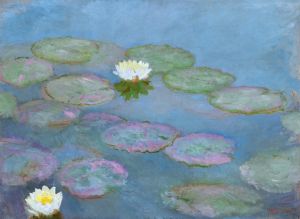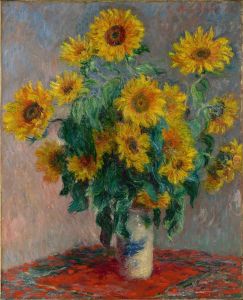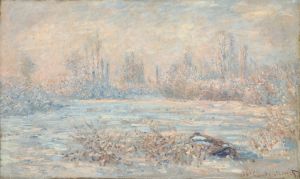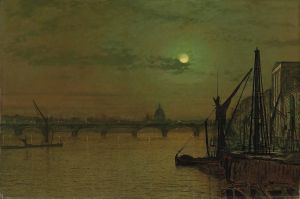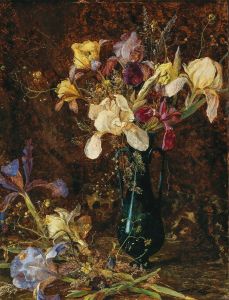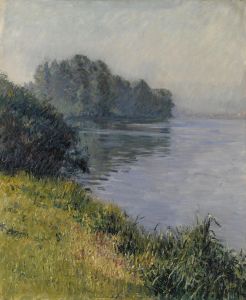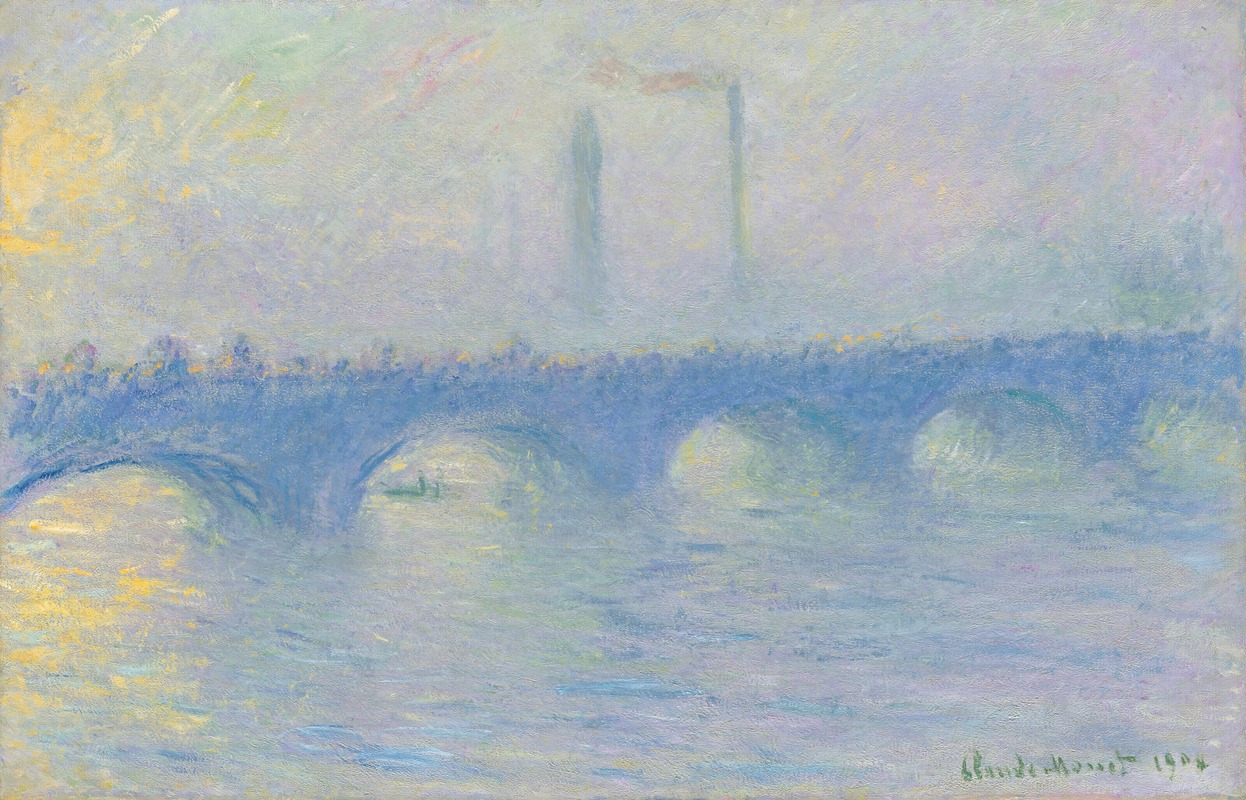
Waterloo Bridge, effet de brume
A hand-painted replica of Claude Monet’s masterpiece Waterloo Bridge, effet de brume, meticulously crafted by professional artists to capture the true essence of the original. Each piece is created with museum-quality canvas and rare mineral pigments, carefully painted by experienced artists with delicate brushstrokes and rich, layered colors to perfectly recreate the texture of the original artwork. Unlike machine-printed reproductions, this hand-painted version brings the painting to life, infused with the artist’s emotions and skill in every stroke. Whether for personal collection or home decoration, it instantly elevates the artistic atmosphere of any space.
Waterloo Bridge, effet de brume is an oil painting by the French Impressionist artist Claude Monet. It is part of Monet's celebrated series of works depicting the Waterloo Bridge in London, which he painted during his visits to the city in the late 19th and early 20th centuries. This particular painting, whose title translates to "Waterloo Bridge, Effect of Fog," captures the atmospheric effects of fog over the River Thames, a recurring theme in Monet's London series.
Monet painted this work during his stays at the Savoy Hotel in London, where he had a view of the Thames, the Waterloo Bridge, and other landmarks such as the Houses of Parliament. The series was created between 1899 and 1904, during three separate trips to London. Monet was fascinated by the interplay of light, weather, and the industrial landscape of the city, and he sought to capture these fleeting effects in his paintings. The fog, often caused by a combination of natural mist and industrial pollution, provided Monet with the diffused light and muted tones that he found so compelling.
The painting exemplifies Monet's Impressionist style, characterized by loose brushwork, a focus on light and atmosphere, and an emphasis on capturing a moment in time. In Waterloo Bridge, effet de brume, the bridge is depicted with soft, indistinct lines, blending into the surrounding fog. The muted palette of grays, blues, and purples conveys the damp, hazy atmosphere of London. The figures and details of the bridge are secondary to the overall mood and effect of the scene.
Monet's London series, including the Waterloo Bridge paintings, was well-received by critics and collectors. These works are considered masterpieces of Impressionism and are celebrated for their innovative approach to capturing the transient effects of light and weather. Monet himself was deeply invested in the series, often reworking the paintings in his studio in Giverny, France, to achieve the desired effect.
Today, Waterloo Bridge, effet de brume is held in various public and private collections, as Monet created multiple versions of the Waterloo Bridge under different lighting and weather conditions. Each painting in the series offers a unique perspective on the same subject, showcasing Monet's dedication to exploring the nuances of light and atmosphere.





